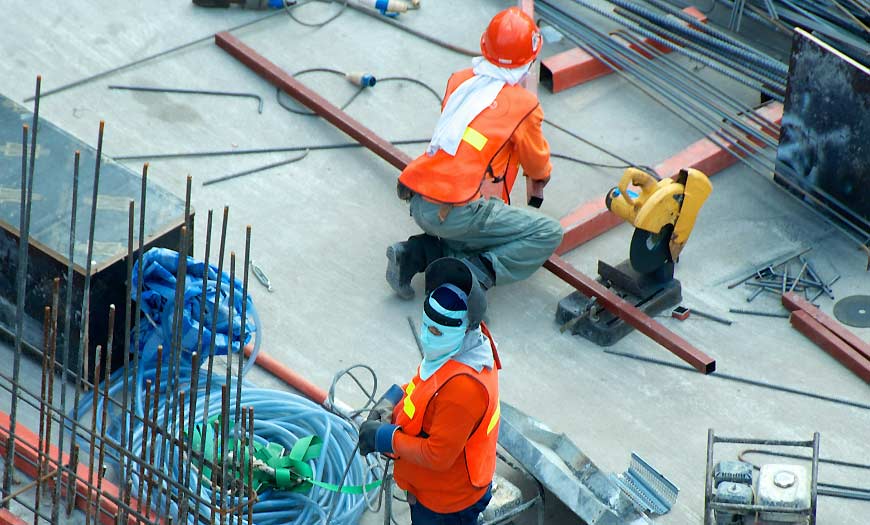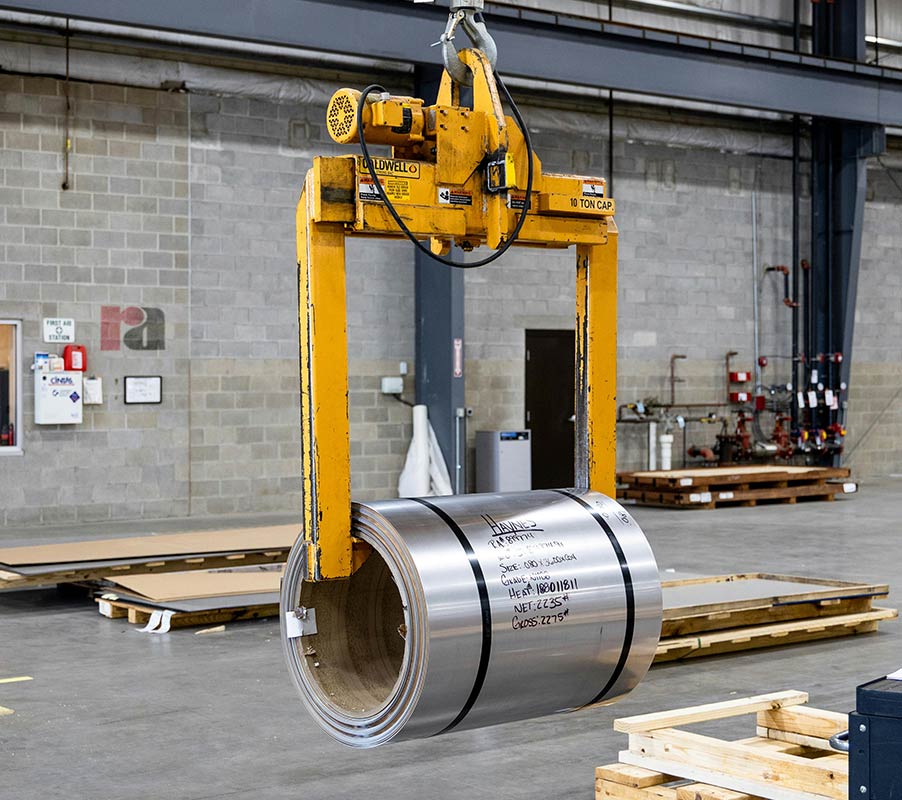

leaded tin bronze alloy known as CuSn10Pb10-C
The challenge
leaded tin bronze alloy known as CuSn10Pb10-C, which is widely used in various industrial applications due to its excellent machinability, self-lubricating properties, and good mechanical strength. Below is a summary of the key details:
Chemical Composition
| Element | % Min | % Max |
|---|---|---|
| Cu (Copper) | 78.0 | 82.0 |
| Sn (Tin) | 9.0 | 11.0 |
| Pb (Lead) | 8.0 | 11.0 |
| Zn (Zinc) | – | 2.0 |
| P (Phosphorus) | – | 0.10 |
| Fe (Iron) | – | 0.25 |
| Ni (Nickel) | – | 2.0 |
| Sb (Antimony) | – | 0.5 |
| S (Sulfur) | – | 0.10 |
| Al (Aluminum) | – | 0.01 |
| Mn (Manganese) | – | 0.20 |
| Si (Silicon) | – | 0.01 |
Mechanical Properties
| Property | Continuous Casting | Centrifugal Casting |
|---|---|---|
| Tensile Strength (Rm, MPa) | 220 | 220 |
| Yield Point (Rp0.2, MPa) | 110 | 110 |
| Elongation (A, %) | 8 | 6 |
| Hardness (HBW) | 70 | 70 |
Physical Properties
| Property | Value |
|---|---|
| Density (kg/dm³) | 9.0 |
| Specific Heat (J/(g·K)) | 0.376 |
| Thermal Expansion (10⁻⁶/K) | 18.7 |
| Thermal Conductivity (W/(m·K)) | 54 |
| Electrical Conductivity (MS/m) | 6.0 |
Key Features
- Excellent Machinability: The lead content (8-11%) significantly improves machinability, making it suitable for precision components.
- Self-Lubricating Properties: The lead also provides self-lubrication, reducing friction and wear in moving parts.
- Good Corrosion Resistance: The alloy performs well in corrosive environments, particularly in water and steam applications.
- Wide Availability: viiplus offers this alloy in various forms, including bronze plate, thrust washer, and bushing.
International Standards
- ASTM B505 93700
- BS 1400 LB2
Applications
This alloy is commonly used in:
- Bearings and bushings
- Gears and valves
- Pump components
- Marine hardware
- General machinery parts requiring high wear resistance and low friction.
Leaded bronzes, such as CuSn10Pb10 bearing
Leaded bronzes, such as CuSn10Pb10, are widely used in applications requiring excellent resistance to corrosion, good wear resistance, and high load-bearing capacity. Here’s a breakdown of the key properties and applications of this material:
Composition
- Copper (Cu): The base metal, providing good thermal and electrical conductivity, as well as corrosion resistance.
- Tin (Sn): Typically around 10%, which improves strength, hardness, and corrosion resistance.
- Lead (Pb): Around 10%, which enhances machinability, provides anti-friction properties, and improves wear resistance.
Key Properties
- Corrosion Resistance: Leaded bronzes are highly resistant to corrosion, especially in environments like water, steam, and certain chemicals.
- Wear Resistance: The addition of lead improves the material’s ability to withstand friction and wear, making it ideal for sliding or rotating applications.
- Machinability: The lead content makes the alloy easier to machine compared to non-leaded bronzes.
- Load-Bearing Capacity: CuSn10Pb10 can withstand high loads, making it suitable for heavy-duty applications.
- Low Friction: The lead acts as a solid lubricant, reducing friction and preventing seizing or galling in moving parts.
- Thermal Conductivity: Good thermal conductivity helps dissipate heat, which is beneficial in high-temperature applications.
Applications
Leaded bronzes like CuSn10Pb10 are commonly used in:
- Bearings: Especially for heavy loads and low-speed applications, such as in marine engines, turbines, and industrial machinery.
- Bushings: For sliding and rotating components.
- Gears and Sleeves: Where wear resistance and low friction are critical.
- Valve Components: Due to their corrosion resistance and durability.
- Pump Parts: For handling corrosive fluids or high-pressure environments.
Advantages Over Other Materials
- Compared to plain bronzes, leaded bronzes offer better machinability and anti-friction properties.
- They outperform many other bearing materials in terms of load capacity and wear resistance.
- Suitable for use in both lubricated and non-lubricated conditions.
Limitations
- Leaded bronzes are not suitable for high-speed applications due to the risk of lead leaching.
- Environmental and health concerns related to lead content may limit their use in certain industries.
Standards and Specifications
CuSn10Pb10 bronze is often specified under international standards such as:
- ISO 4382-1: For plain bearings.
- ASTM B505: For continuous cast bronze.
- DIN 1705: For cast bronze materials.
In summary, CuSn10Pb10 leaded bronze is a versatile material with excellent corrosion resistance, wear resistance, and load-bearing capabilities, making it ideal for demanding applications like bearings and bushings. However, its lead content requires careful consideration in terms of environmental and health regulations.




